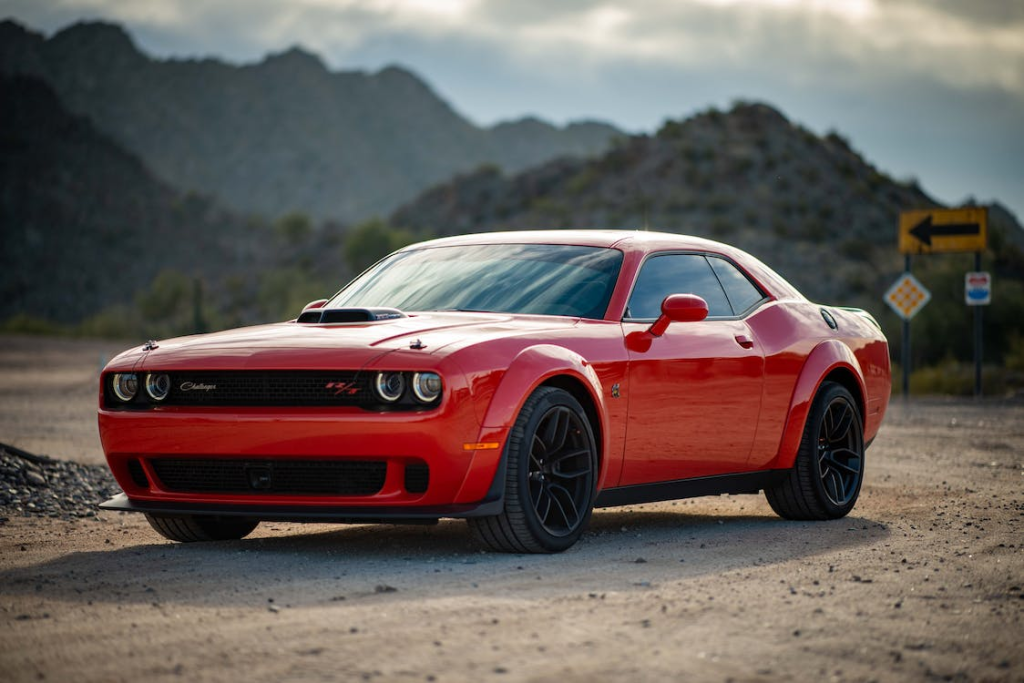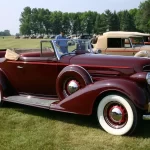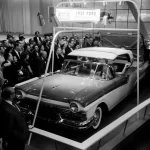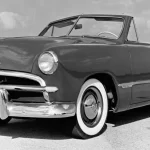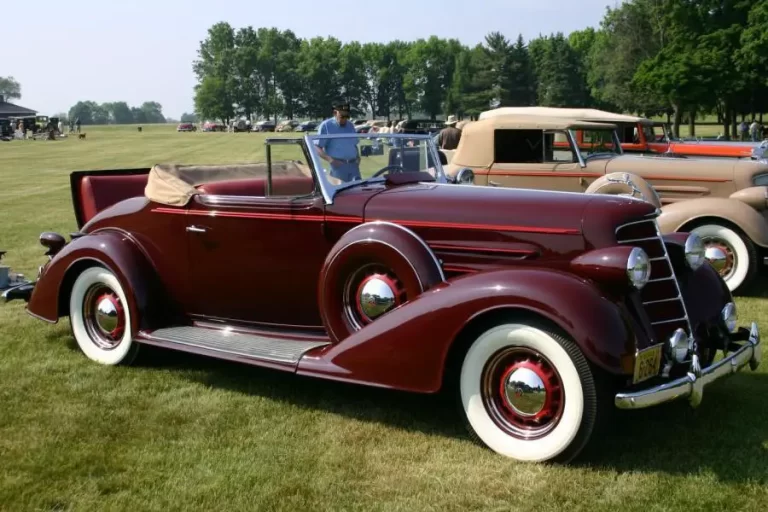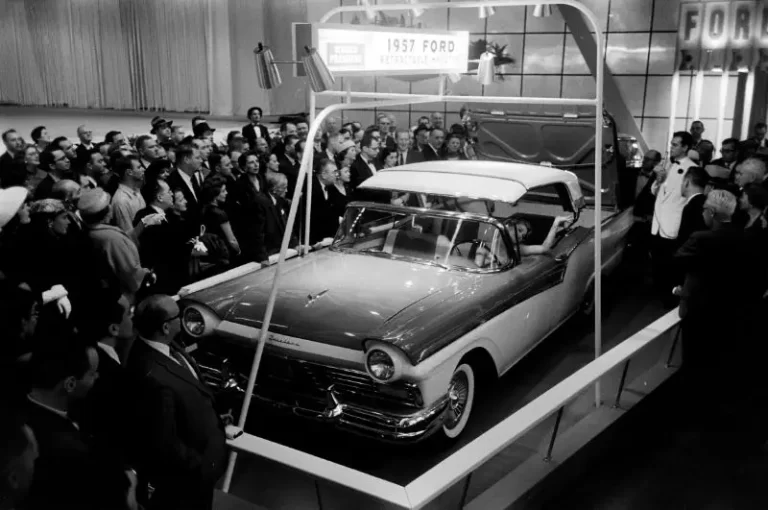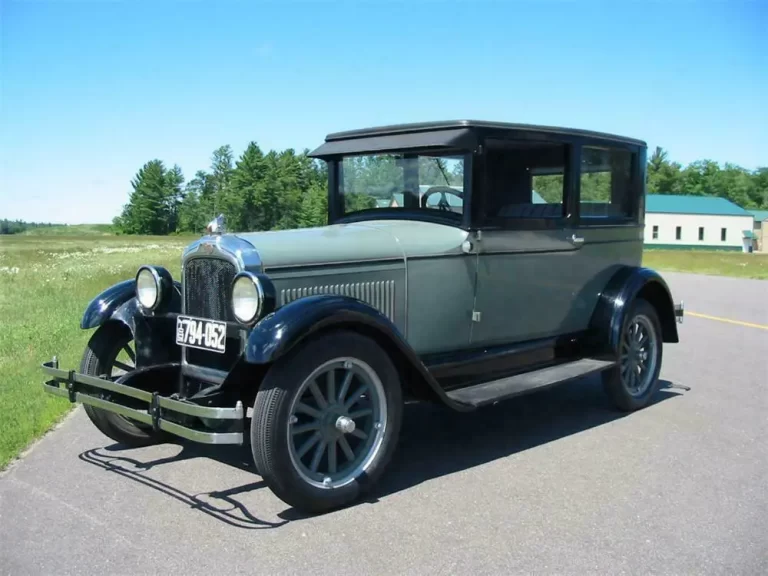
In the late 1960s, as the muscle car craze swept the United States, Dodge tossed a new Challenger in the ring. The Dodge Challenger, which made its market debut on September 22, 1969 for the 1970 model year, was a direct response to the competition from other automakers, particularly the Ford Mustang and Chevrolet Camaro. The Challenger was built on the Mopar E-Body platform, which it shared with the Plymouth Barracuda but had its own distinct styling. It was a muscular and aggressive-looking car with bold lines, a wide stance, and an array of eye-catching colors and decals.
Dodge offered the Challenger in various trims to cater to a wide range of customers. The base model provided a solid performance, but it was the R/T (Road/Track) version that truly captured the essence of the muscle car era. The R/T boasted high-performance V8 engines, including the iconic 426 Hemi and the 440 Six Pack, which produced 425 horsepower and 390 horsepower, respectively. The Challenger was also made famous by the T/A (Trans-Am) racing homologation car, designed to participate in the SCCA Trans-Am Series. It ran a destroked 340 Six Pack rated at 290 horsepower.
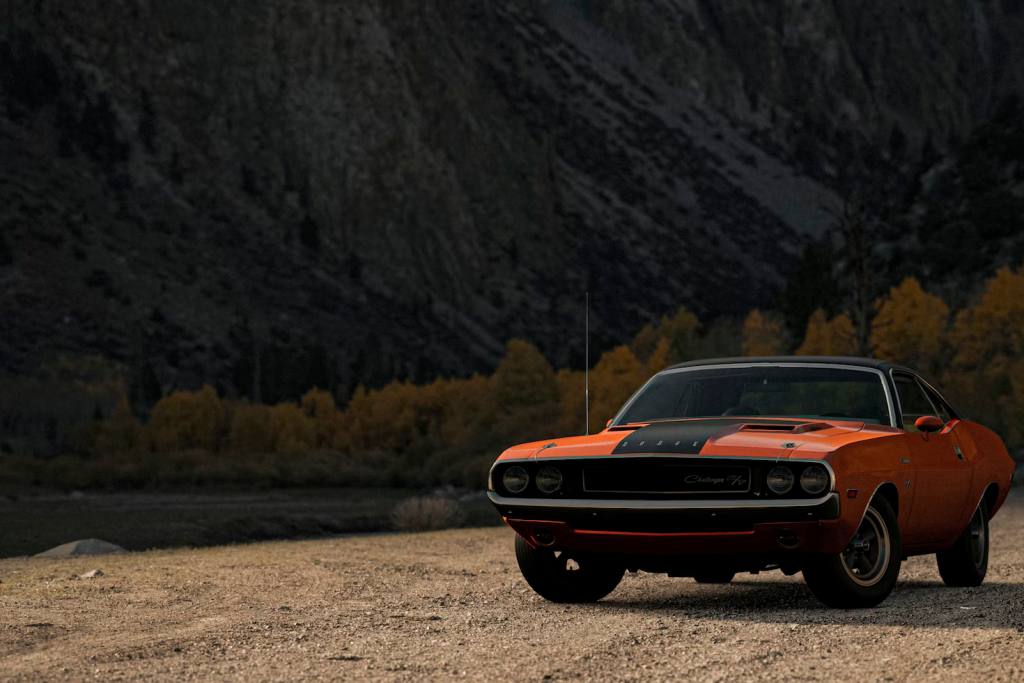
Throughout its production years in the early 1970s, the Dodge Challenger was a revered opponent in the muscle car wars, where automakers constantly one-upped each other in terms of performance. Among its competitors would be the Boss 351 Mustang and the Chevelle SS. However, as emissions regulations tightened and fuel prices soared, muscle cars faced a challenging environment, leading to the discontinuation of the original Challenger in 1974. In total 165,437 first-generation Challengers left dealerships.
The not so Challenger years.
Amid the oil crisis of the mid-1970s, the Challenger nameplate disappeared from the market. However, the tie guys at Chrysler couldn’t stray from the name. In hopes of luring buyers to Dodge, the slapped the name on a car that had no businesses wearing it.

From 1978 to 1983 Dodge produced a Mitsubishi-based coupe with a Challenger badge. While the organization hoped to capilize on nostalgia and fuel efficiency, it obviously failed to capture the spirit and performance of the original muscle car. By 1984 the nameplate again disappeared,For over two decades, the Dodge Challenger remained a nostalgic icon, a symbol of a bygone era, and a reminder of the golden age of American muscle cars. Then 2008 showed up.
The Dodge Challenger: modern muscle car
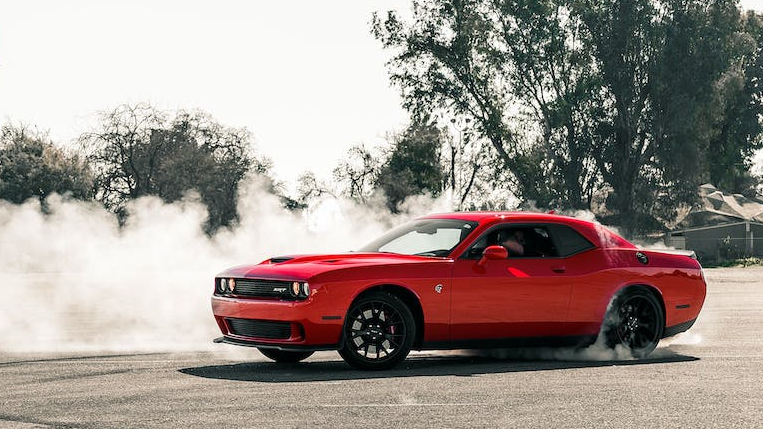
After three years of teaser photographs and a 2006 concept car, the all new production Dodge Challenger debuted in February of 2008 at the Chicago Auto Show. The retro-inspired Challenger instantly captured the hearts of muscle car enthusiasts. The design paid homage to the classic Challenger with its bold grille, quad headlights, and unmistakable lines, while offering modern amenities and engineering advancements.
Under the hood, the new Challenger continued the tradition of formidable power. It featured a range of engines, including the 6.1-liter Hemi V8 and, later, the groundbreaking supercharged 6.2-liter Hellcat engine, which boasted over 700 horsepower. Dodge not only focused on raw power but also introduced technological innovations, including advanced suspension systems and customizable driving modes, making the modern Challenger a well-rounded performance car.

As the years progressed, Dodge kept enthusiasts engaged with a continuous stream of special editions and high-performance variants. The Challenger Demon, with its mind-blowing acceleration and drag racing capabilities, became an instant legend. The Redeye, with even more power and performance, further solidified the Challenger’s status as a top-tier muscle car. Dodge announced that 2023 would be the last year of the Challenger and its sedan counterpart, the Dodge Charger, as we know them. However, it is expected that electric versions will soon be hitting the streets.
